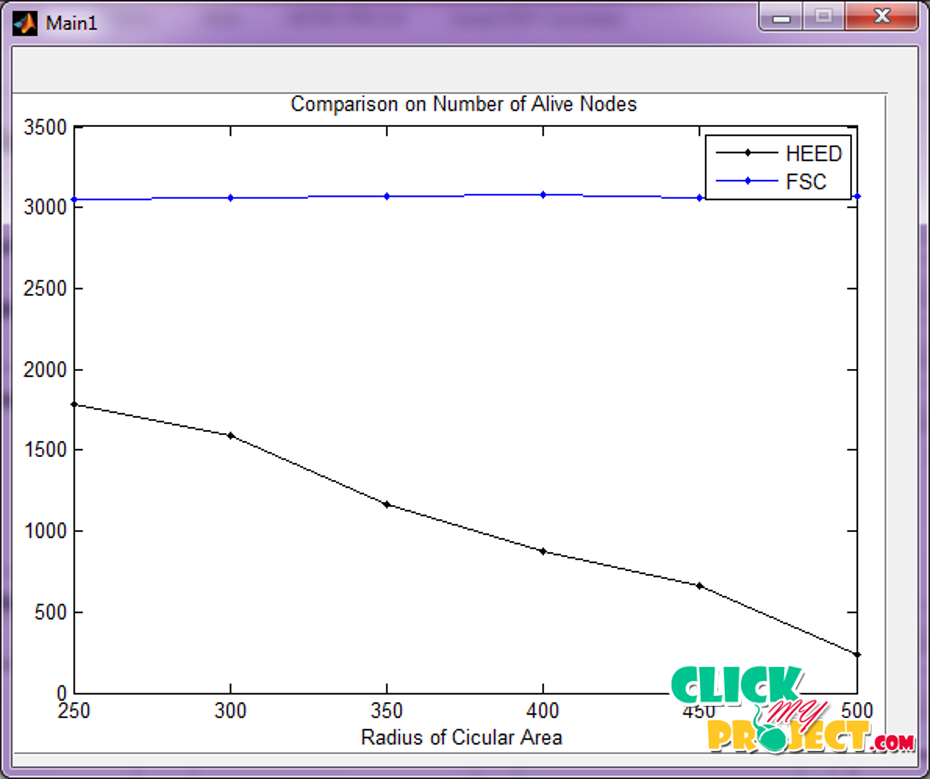Energy Efficient Clustering Protocol for Large Scale Sensor Networks
Our Price
₹3,500.00
10000 in stock
Support
Ready to Ship
Description
The appropriate minimization of nodes energy consumption as well as the uniform energy depletion of all nodes, are critical parameters in order to increase the time the network is fully operational. A main reason of energy depletion concerns the need for transmitting the sensed data from the sensor nodes (SNs) to remote sinks. These data are typically relayed using ad hoc multi-hop routes in the WSN. A side-effect of this approach is that the SNs located closer to the sink are heavily used to relay data from all network nodes; hence, their energy is consumed faster, leading to a non-uniform depletion of energy in the WSN. Because of more data collections and more packet transmission, the usage of energy of the system is more. For performing best clustering process Fan – Shaped Clustering (FSC) where the large scale network partitioned into fan-shaped clusters. In this approach performed with various combination of energy saving methods such as selection of cluster head and relay node, implementation of re-clustering and an efficient routing method and hotspot solution. For reducing signaling cost, localization re-clustering process performed. Selection of CH, Initially central area has been introduced. The usage of CH selection can optimize the intra-communication cost and reduce re-clustering frequency. Every CH pass the packet to their relay node, then the relay node transferred the packets to the next inner cluster group. All this process enabled the network to achieve good performance. Finally analyze the performance based on the different criteria such as the total alive nodes, the total residual energy and the packet collection rate with the some important parameters radius of central area, the energy threshold for relays and CHs.
Tags: 2015, Domain > Network Projects




